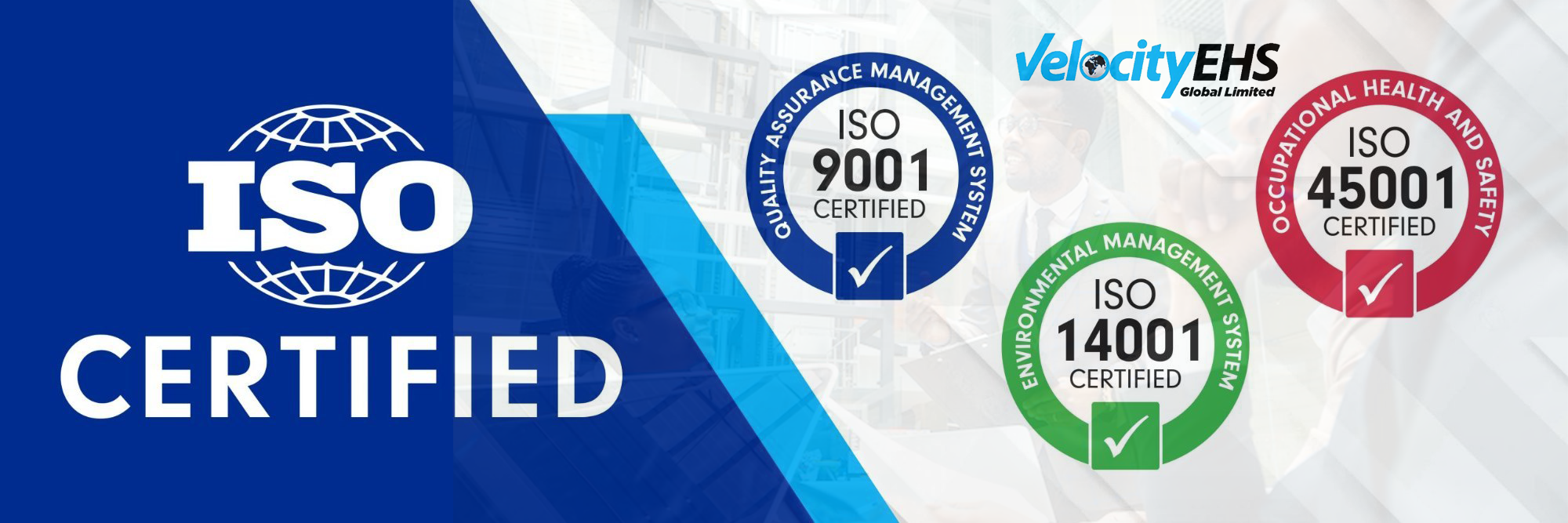
ISO Auditing and Certification
We leverage our expertise to help organizations establish and maintain Quality Management Systems (QMS).
ISO 9001 is a globally recognized management system that streamlines internal processes across an organization, promoting a process-based approach with a strong focus on risk management.
Designed with a high-level structure, ISO 9001 seamlessly integrates with other standards like ISO 14001 and ISO 45001, serving as a foundation while incorporating industry-specific requirements.
- Gap Analysis (Optional but Recommended)
- QMS Development & Implementation
- Internal Audit
- Management Review
- Stage 1 Audit (Documentation Review)
- Stage 2 Audit (Certification Audit)
- Certification Decision & Issuance
- Surveillance Audits (Annual or Bi-Annual)
- Recertification (Every 3 Years)

ISO Benefits to Customers
Achieving ISO certification enhances customer trust by ensuring consistent quality, reliability, and efficiency in business operations. It strengthens the organization’s reputation, leading to improved customer satisfaction and long-term relationships.
- Stronger Customer Trust
- Higher Quality & Service
- Stronger Customer Trust
- Better Marketability

Benefits To Organizations
ISO certification enhances operational efficiency, strengthens brand reputation, and ensures compliance with international standards. It drives continuous improvement, reduces risks, and creates new business opportunities.
- Enhances brand reputation by demonstrating a commitment to quality and continuous improvement.
- Increases trust among customers, partners, and stakeholders, leading to more business opportunities.
- Provides a competitive edge in local and international markets.
Strengthens relationships with regulatory bodies and industry associations.
Streamlines internal processes, reducing waste and operational costs.
Improves productivity by standardizing workflows and best practices.
Enhances decision-making with data-driven performance evaluation.
Reduces errors and rework, leading to faster turnaround times.
Ensures consistent product and service quality, meeting customer expectations.
Improves response times and issue resolution through structured processes.
Boosts customer confidence, leading to increased loyalty and referrals.
Encourages continuous feedback and improvement to enhance user experience.
Ensures adherence to legal and regulatory requirements, reducing liabilities.
Helps meet supplier and client expectations for standardized quality management.
Reduces risks by identifying and addressing potential non-conformities.
Aligns with international best practices, making global expansion easier.

